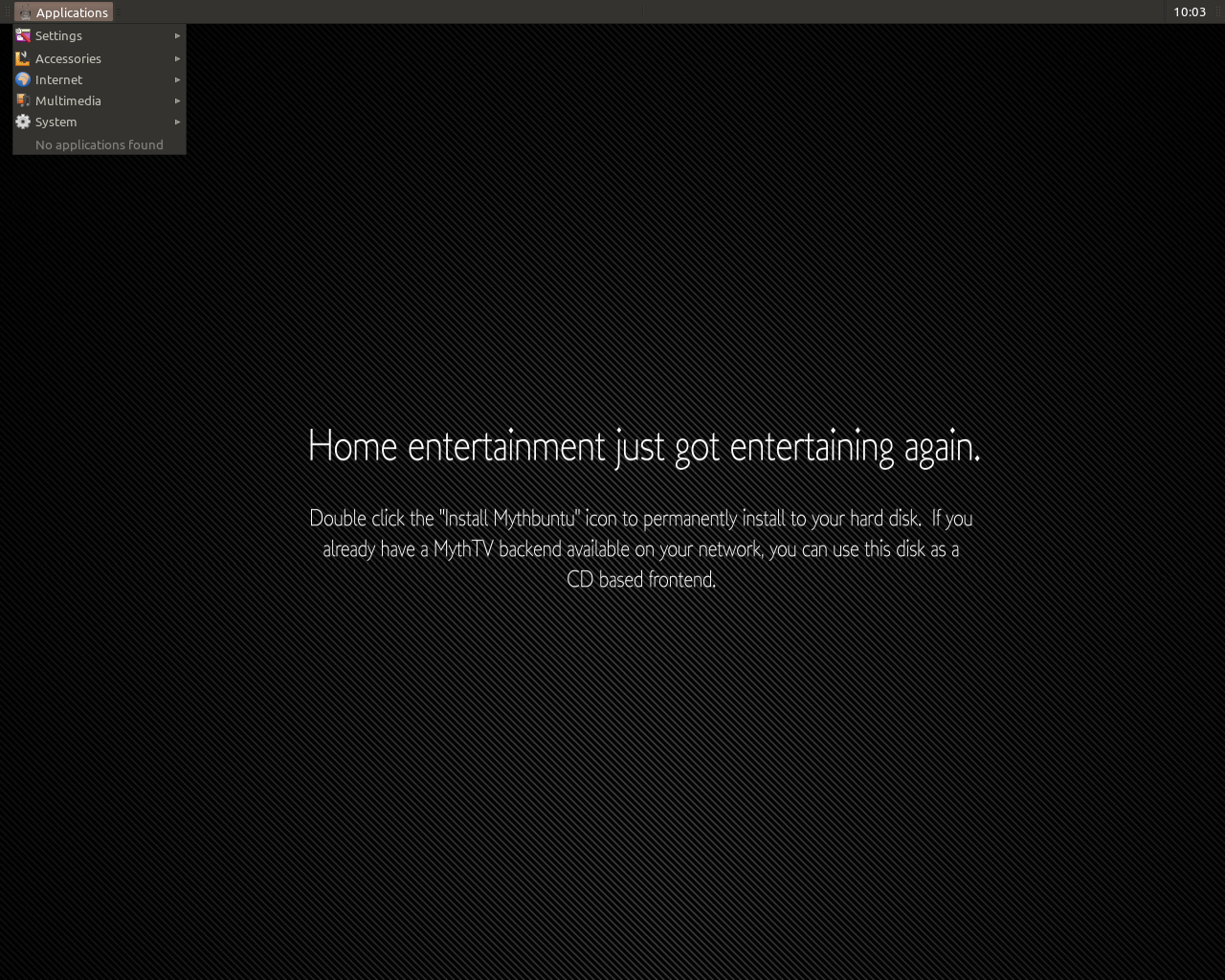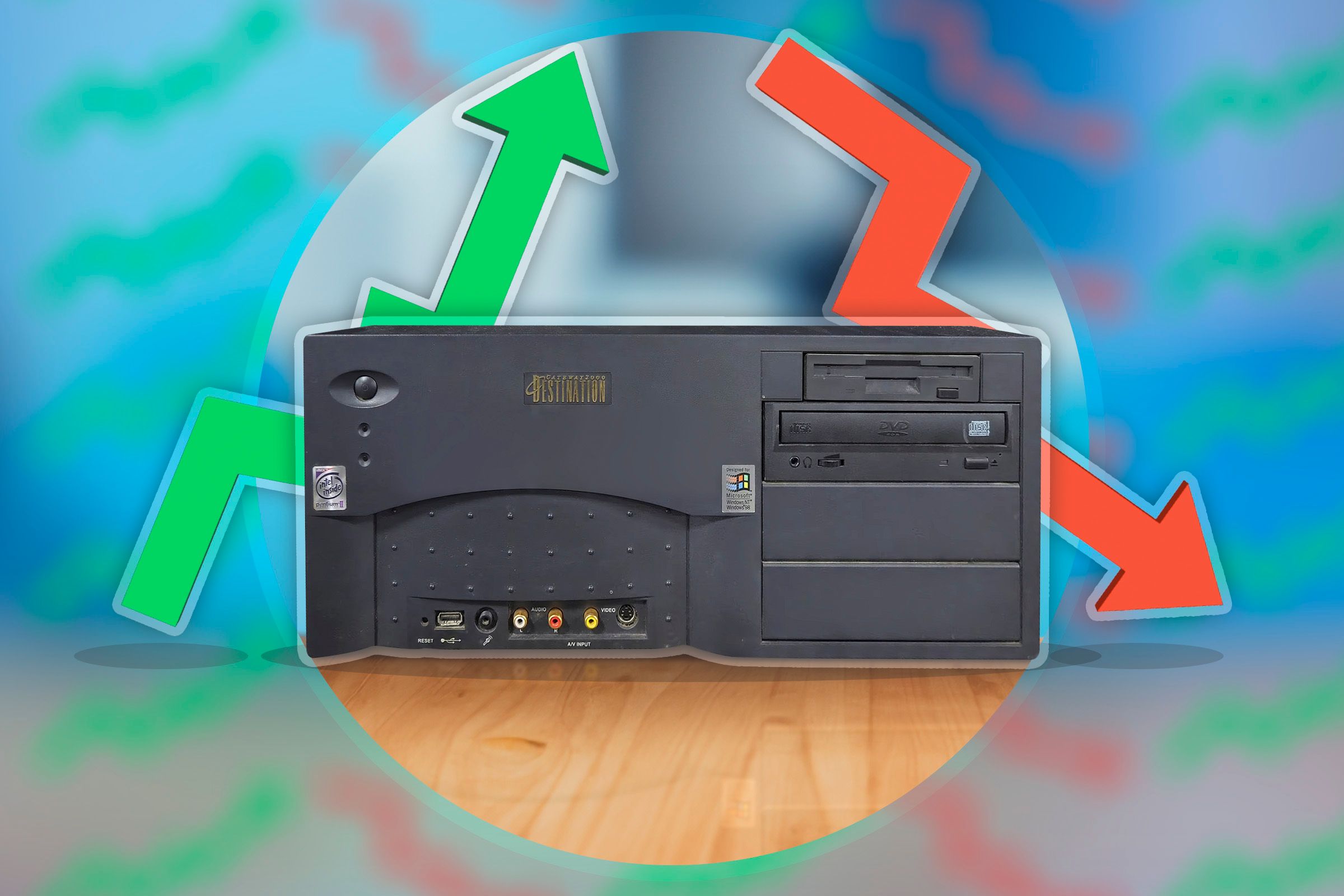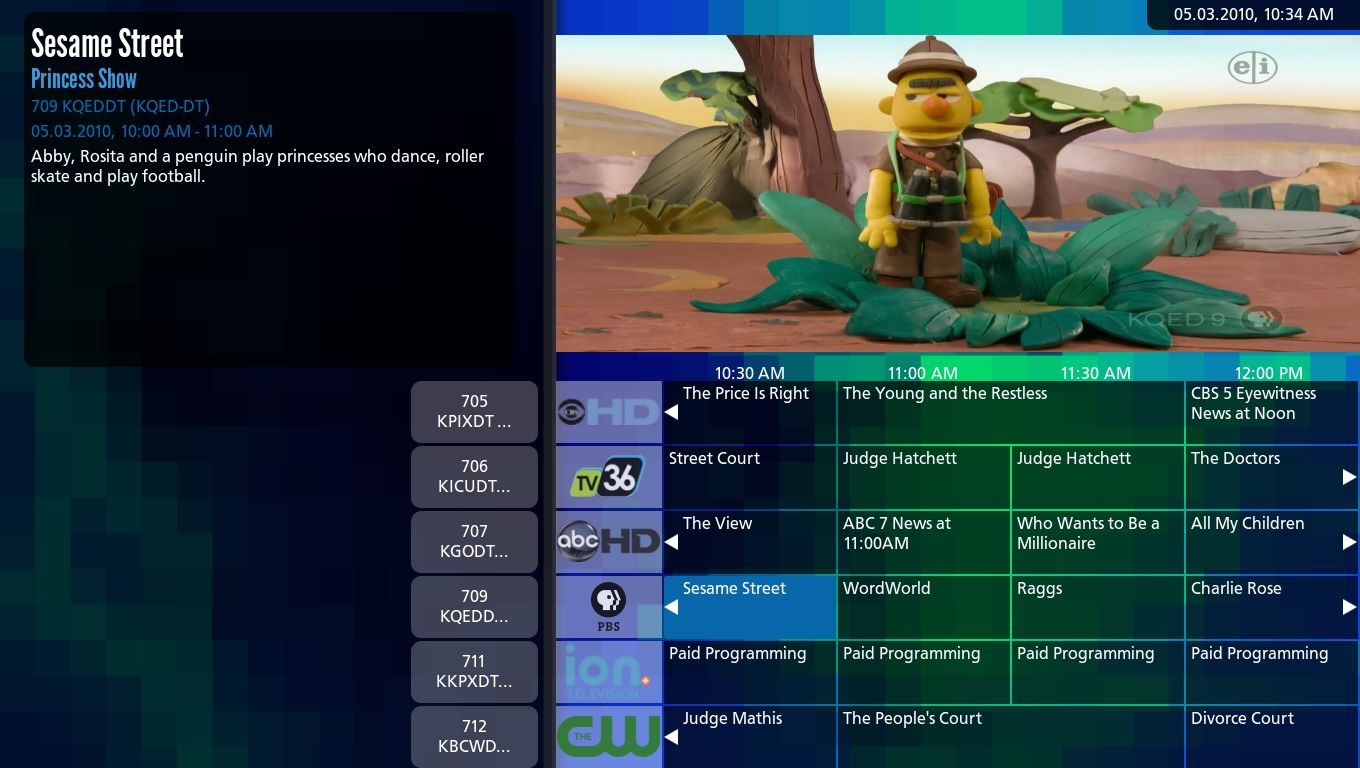Summary
- Mythbuntu was a customizable Linux distro built around MythTV for HTPC use.
- Discontinued due to developer attrition and the rise of alternative media streaming options.
- You can still recreate a similar setup using Ubuntu flavors like Xubuntu alongside other software like Kodi or Plex.
There have been many attempts at building the perfect HTPC (Home Theater PC) platform, and some, like Kodi, have stood the test of time. However, almost a decade ago Mythbuntu reached the end of the road. Despite having so much promise.
Why was Mythbuntu special, and why did it fail? It’s an interesting story. At least, it’s interesting to an AV geek!
What Was Mythbuntu?
Mythbuntu was an official Linux distro built around the MythTV app. MythTV is still alive and kicking, so this isn’t about this home theater and PVR (Personal Video Recorder) app going away, but specifically the operating system release associated with it.
Mythbuntu was a little like SteamOS is today. SteamOS is a Linux-based operating system first developed for the Valve Steam Deck handheld PC. So, while it’s a full Linux operating system, it’s been modified to work around the Steam application. Likewise, Mythbuntu was a version of Ubuntu designed around MythTV, with the purpose of turning any computer you installed it on into a dedicated HTPC.
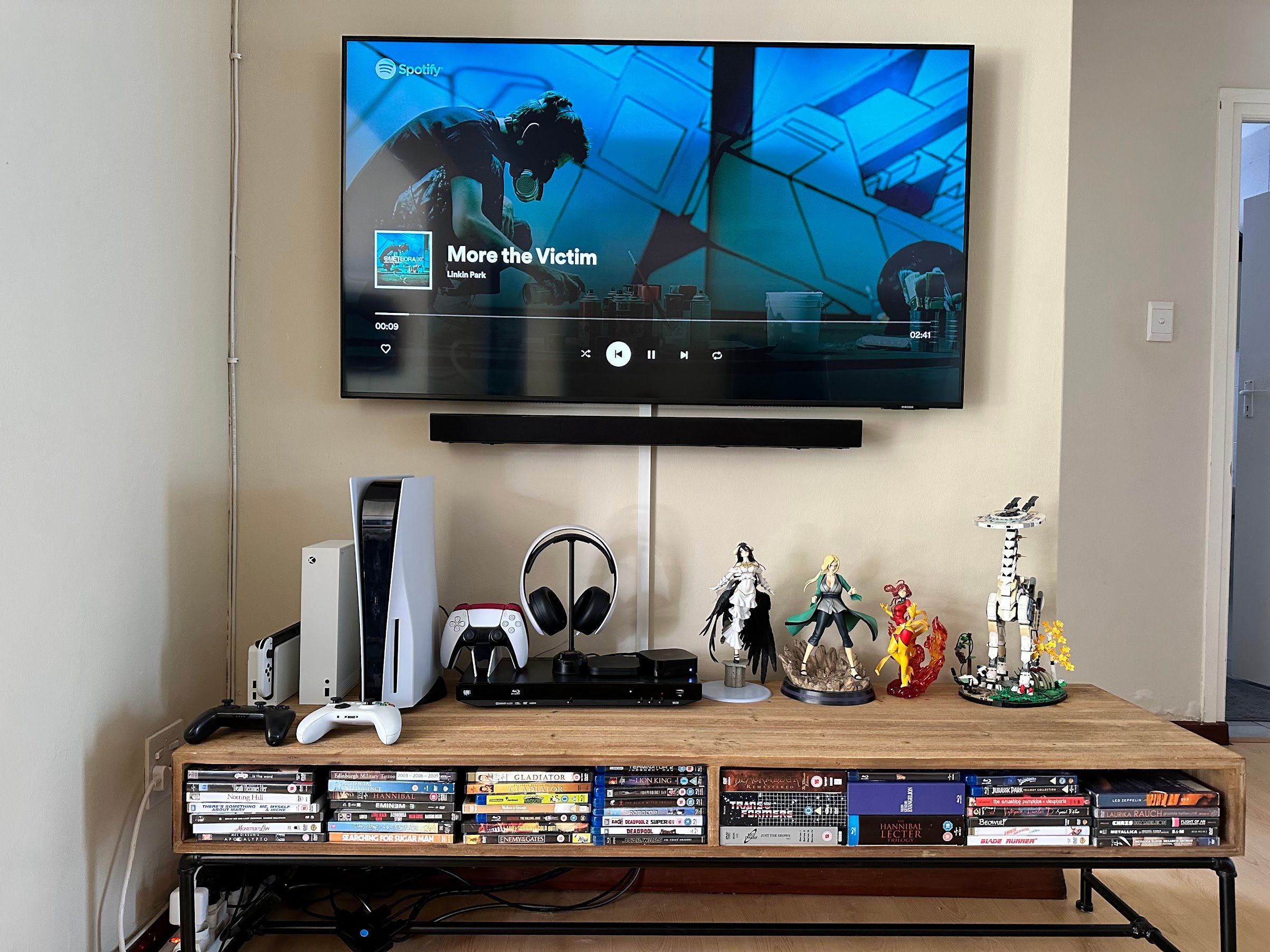
Related
How to Build an HTPC With Linux and a Mini PC
Want to build your own mini HTPC with Linux? This guide will get you started.
Because Mythbuntu was officially recognized as a “flavor” of Ubuntu—like Kubuntu and Xubuntu—it was maintained and updated in lock-step with the main Ubuntu OS. Although, eventually, Mythbuntu only updated on the LTS (Long-Term Stable) release cycle because HTPC users don’t want updates that could potentially brick their computers and require a reinstallation. An HTPC has to offer the flexibility of a computer, but the reliability of an appliance, after all.
Mythbuntu left out almost all the general-purpose apps that are typically in a Linux distro that aren’t related to being an HTPC, and packed in only apps that are useful for HTPC functions. This made it easy to simply grab a computer, install Mythbuntu and be ready to go, rather than take a general-purpose Linux distro and then manually configuring MythTV on it.
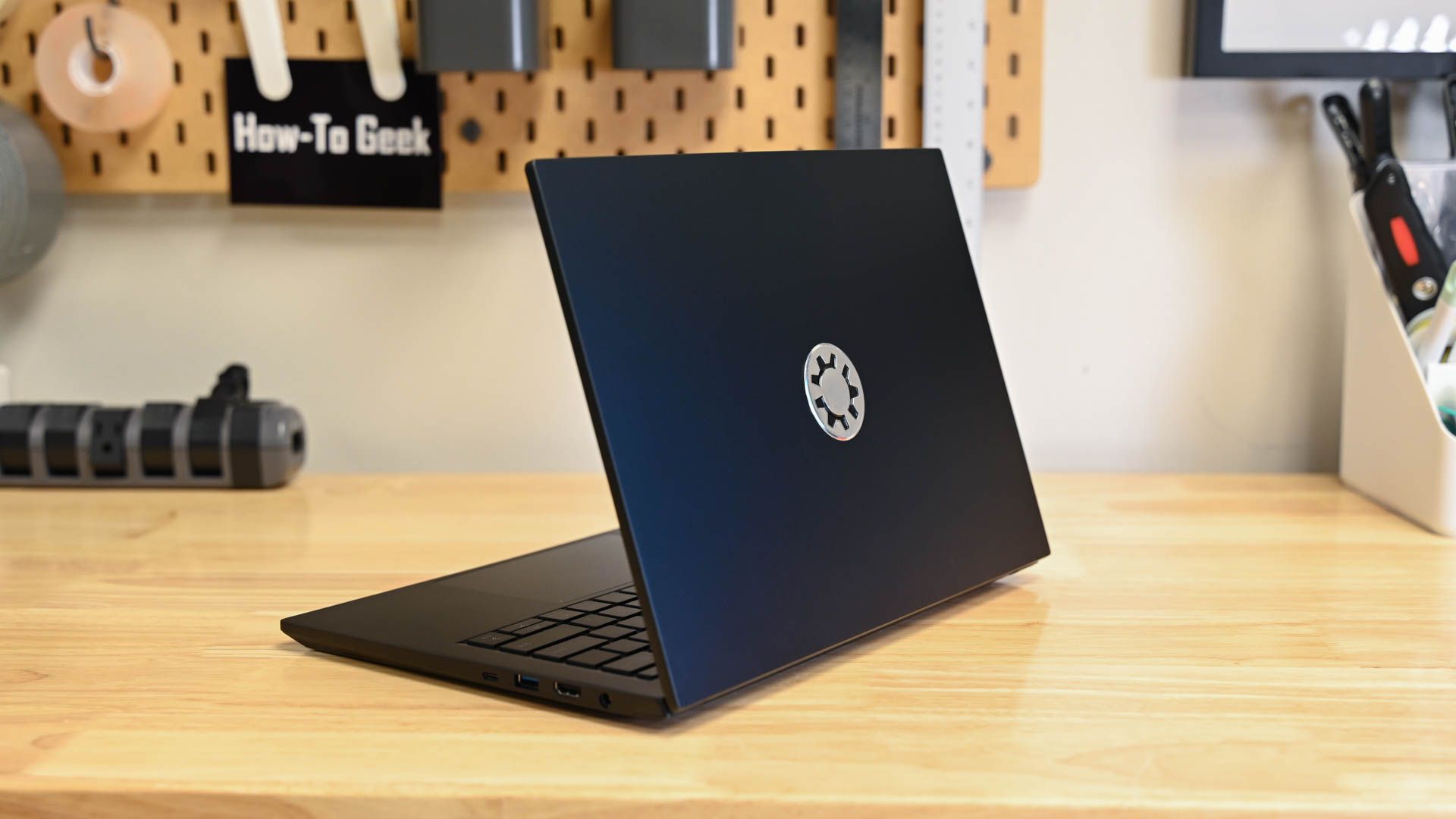
Related
I’ve Used Kubuntu for 8 Months: What I’ve Learned About This Linux Distro
Ubuntu and KDE Plasma might be the open source match you’ve been looking for.
While MythTV has been around since 2002, it was only in 2007 that Mythbuntu saw its first release, with the final release happening in 2016. The late 2000s were a hot time for DIY home theater PCs. Broadband internet wasn’t widespread, and what counted as “broadband” was quite slow. Incidentally, 2007 was also the year when Netflix first started offering streaming content on top of mailing DVDs to people.
However, this rollout was limited and gradual, so it wasn’t at all the norm to watch high-quality video content over the internet. HTPCs were also not just about playing ripped DVDs or other digital video content, it was about recording content from cable TV or other live TV sources. A dedicated PVR device was not cheap. Believe me, I was window-shopping at the time.
However, throw a cheap TV capture card into an old PC and load it up with something like Mythbuntu, and you’re all set. You could practically dumpster-dive a PVR for free if you knew what you were doing. There were also competing options, such as Mythdora—based on Fedora obviously.
Why Mythbuntu Was Discontinued
On November 4, 2016, the Mythbuntu development team announced that Mythbuntu would cease to exist as a standalone distribution. The official reason was straightforward: developer attrition and lack of time. Over the years, the team had dwindled from around ten active contributors to just two overworked developers.
In hindsight, it’s somewhat obvious why the time and energy required to keep a distro like this going just wasn’t worth it. HTPCs were already pretty niche even at their peak. No one was really interested in stepping up and helping keep the project alive. After all, the rest of the world had moved on from HTPCs to small dedicated Android boxes and sticks. Software like Plex handily takes care of local media streaming. Everyone had fast local networking, and the need for PVR is dwindling quickly since there’s a shift to on-demand streaming, making your own recordings unnecessary.
If you really wanted to roll your own HTPC, you could simply use something like a cheap and tiny Raspberry Pi running the Kodi app, perhaps with a simple USB capture card if you really need that functionality. That’s far more convenient than even a purpose-built small form-factor HTPC.
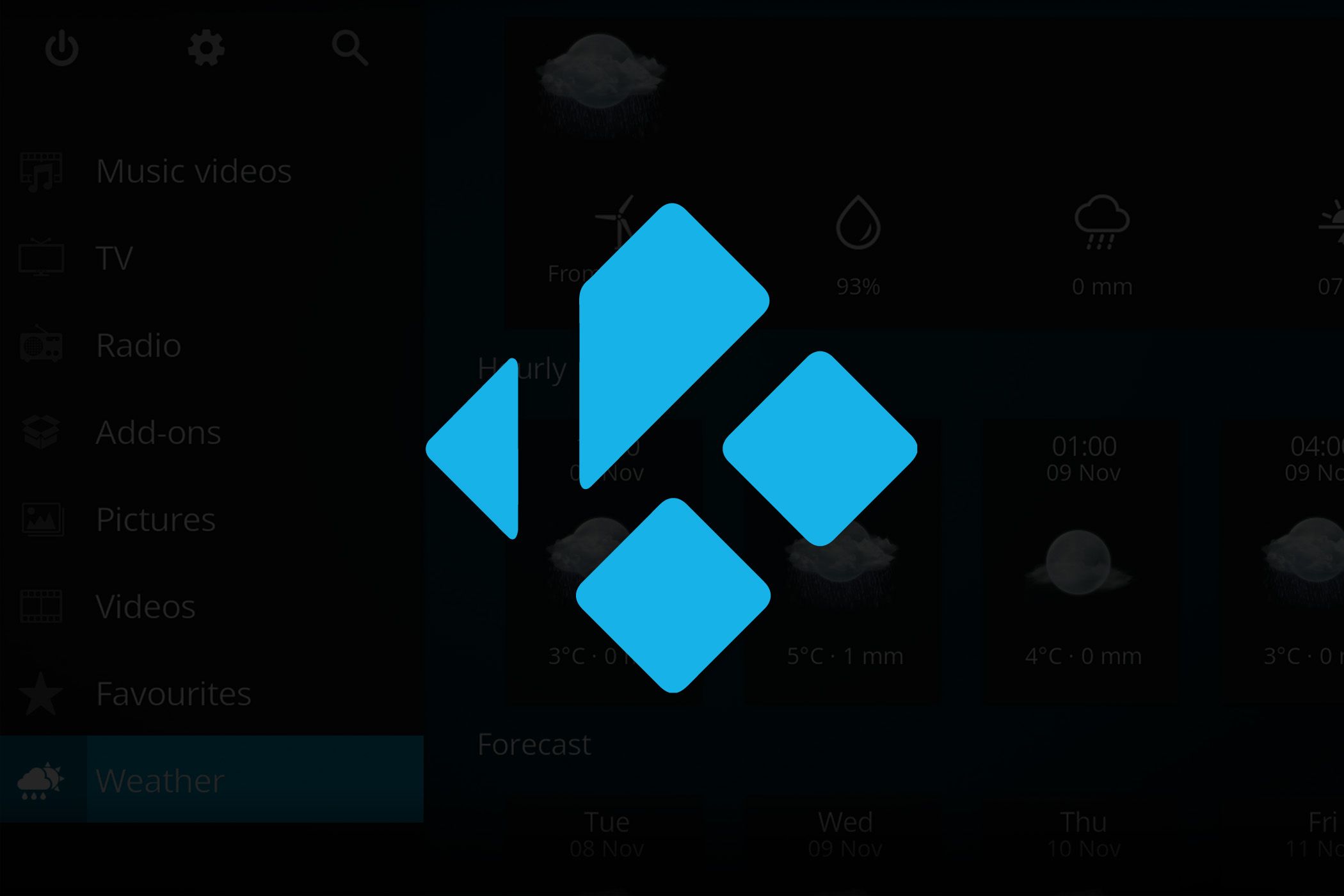
Related
How to Set Up a Kodi Media Center on Linux
Learn how to install and use Kodi on Ubuntu, Fedora, and Arch Linux to take control of your media.
How to Replace Mythbuntu Today
Since MythTV the application still exists today, there’s nothing stopping you from installing a lightweight Ubuntu distro such as Xubuntu, and then adding the MythTV app to it. Installing MythTV is no harder than any other Debian package, and there’s a setup wizard to help you configure and tune MythTV to your specific needs. Basically, the death of Mythbuntu hasn’t actually made anyone lose access to that experience, it just has slightly more steps. Besides, Linux itself has come a long way since 2007, so many of the configuration difficulties Mythbuntu was trying to address don’t even exist anymore.
Apart from MythTV, there are plenty of other options. Some of which you’ll probably like more:
- Kodi—I’ve mentioned Kodi several times already, but this popular HTPC software started off as an application for the original Xbox called XBMC, but now you can get Kodi for just about anything. Kodi excels at library management and playback for local media (movies, TV shows, music), and it supports a wide range of add-ons for streaming content. While Kodi by itself doesn’t provide a DVR, it can act as a MythTV front-end or integrate with other PVR backends if you still need live TV and recording.
- LibreELEC/CoreELEC (Kodi Appliances)—LibreELEC is a minimal Linux distro that boots directly into Kodi.
- Plex and Jellyfin—These are the two most popular personal streaming systems. Basically, you have a computer on your network with all of your shows and movies loaded and the server app for the service you’re using. Then your devices just need the client app, and you can watch it all like your own personal streaming service. Library management is a doddle, and most of the metadata process is automated. This is probably what most people are using today. Just look at this cute photo of my Plex server.
So, while Mythbuntu itself is gone, you can easily piece together a solution that does exactly what you need it to, on the hardware you already have.

Related
Is There Still a Place for HTPC Linux Distros?
Even in 2025 as I write this, there remains a niche–but meaningful–place for Linux in home theater setups. The key is that this niche has transformed. Instead of general-purpose “HTPC distros” competing with desktop OSes, we see ultra-focused projects and power users re-purposing Linux in creative ways for the living room.
Media center enthusiasts who value open-source, privacy, or customizability still roll out their own solutions. For example, many cord-cutters who want to record free over-the-air broadcasts prefer using MythTV or Tvheadend with an antenna, because no streaming service can fully replicate that DVR functionality without subscriptions or DRM.
As long as niche media geeks exist, so will open-source HTPC software, so the spirit in which Mythbuntu was created will never truly die.

